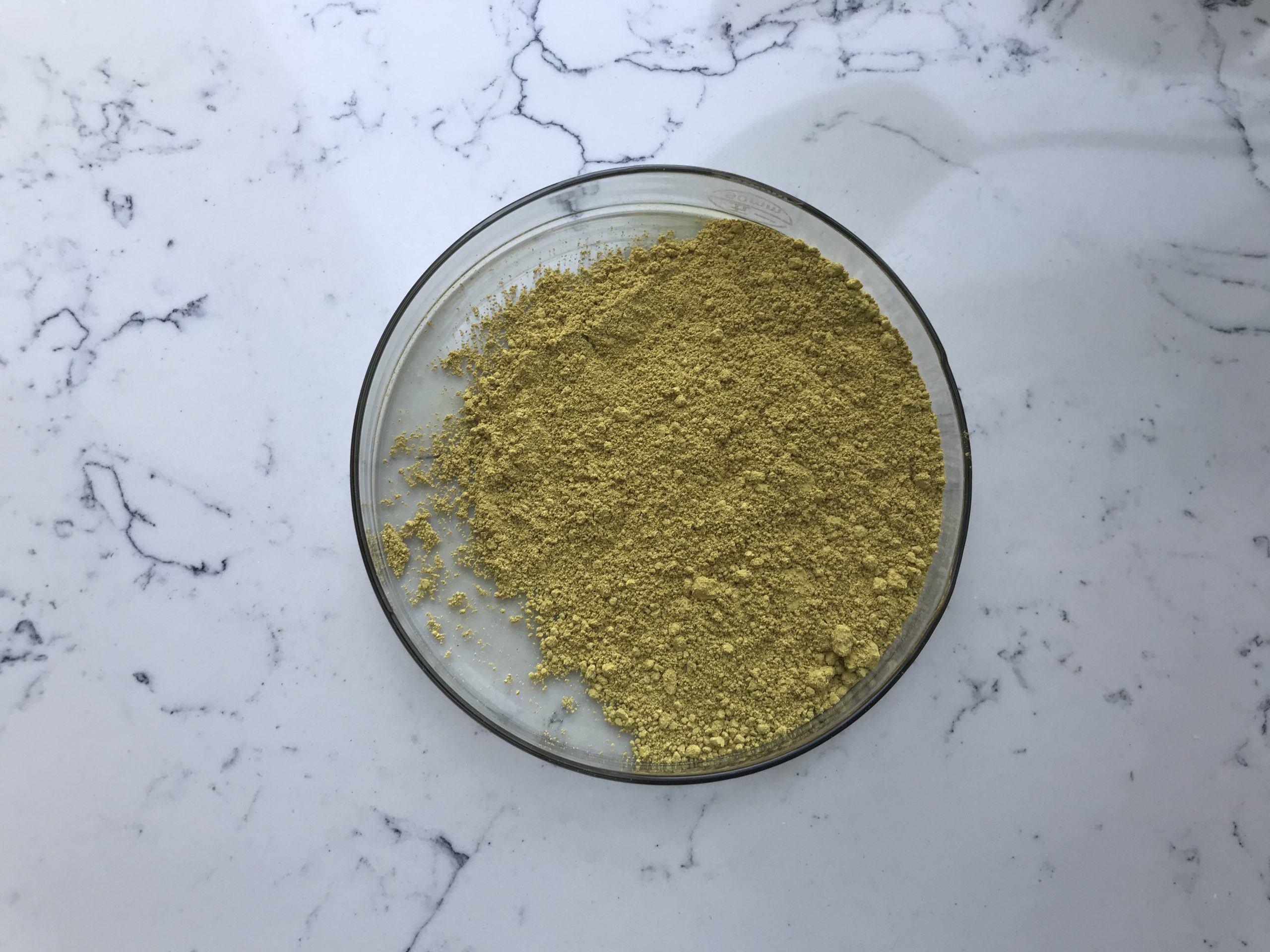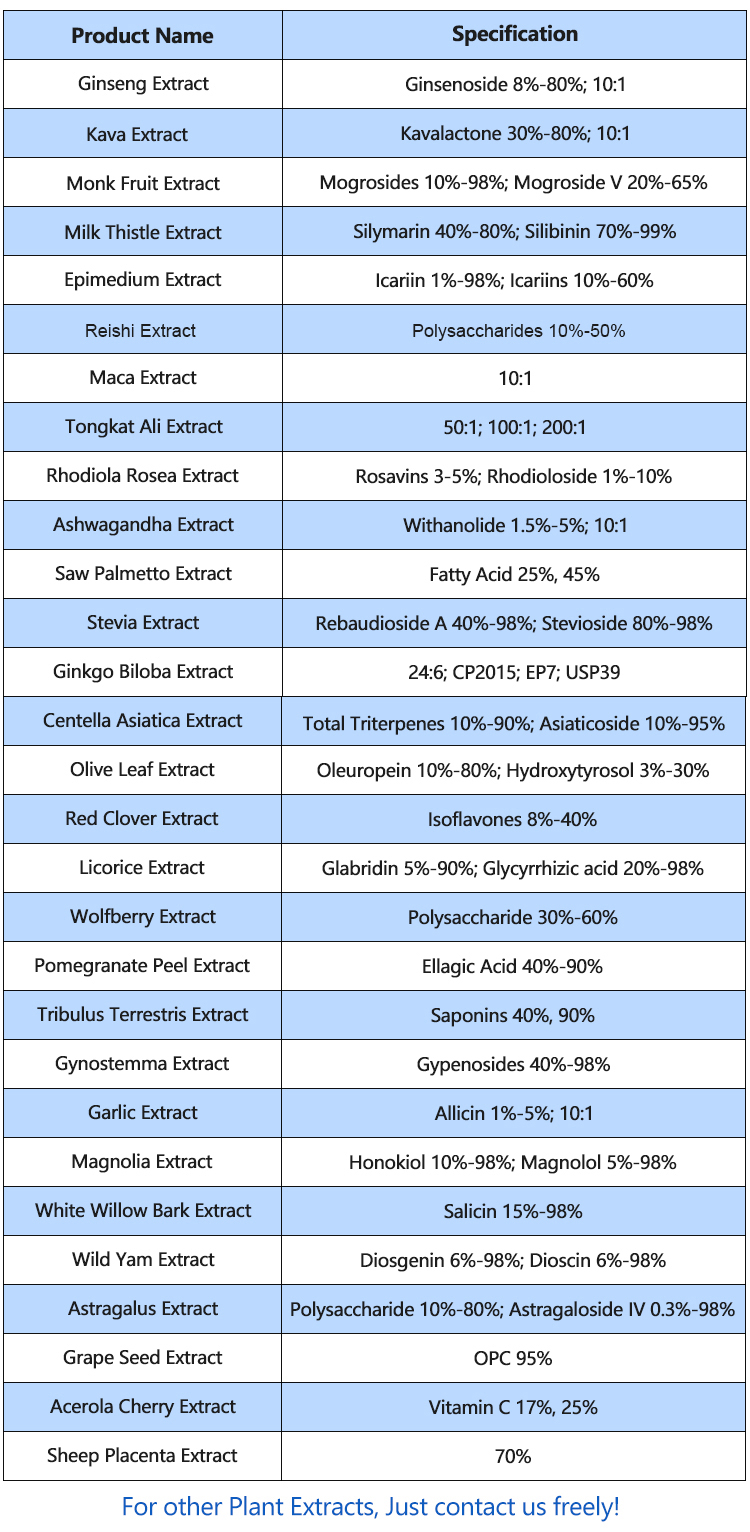Fisetin is a natural flavonoid compound found in various fruits and vegetables, such as strawberries, apples, and onions. It is known for its potential health benefits, including antioxidant and anti-inflammatory properties. Extracting fisetin involves isolating the compound from the plant sources that contain it. Here’s a general overview of the extraction process:

Materials and Equipment:
1.Plant material rich in fisetin (e.g., strawberries, onion peels)
2.Solvents (e.g., ethanol, methanol)
3.Grinding equipment (blender, mortar and pestle)
4.Filtration setup (filter paper, funnel)
5.Rotary evaporator (optional, for solvent removal)
6.Chromatography equipment (column, silica gel, elution solvents)
Extraction Steps:
1.Preparation: Obtain the plant material that contains fisetin. For example, if using strawberries, ensure they are ripe and washed thoroughly. If using onion peels, ensure they are properly dried.
2.Grinding: If using solid plant material like strawberries or onion peels, grind them into a fine powder. This increases the surface area and facilitates better extraction.
3.Solvent Selection: Choose an appropriate solvent for extraction. Ethanol and methanol are commonly used because they can dissolve a wide range of phytochemicals, including fisetin. However, the choice of solvent depends on factors such as safety, regulatory guidelines, and the specific plant material being used.
4.Extraction: Place the ground plant material in a container and cover it with the chosen solvent. The mixture can be stirred or agitated to enhance the extraction process. This step can be performed at room temperature or with mild heating, depending on the solvent and plant material.
5.Filtration: After allowing the plant material to soak in the solvent for a certain period (hours to days), filter the mixture to separate the liquid extract from the solid residue. This can be done using a filtration setup with filter paper and a funnel.
6.Solvent Removal: If a large volume of solvent was used, it can be removed to concentrate the extract. A rotary evaporator can be used for gentle evaporation of the solvent under reduced pressure and controlled temperature.
7.Purification (Optional): If the crude extract contains impurities or other compounds, further purification might be necessary. Column chromatography using silica gel as a stationary phase and elution solvents of varying polarities can help separate fisetin from other components.

8.Characterization and Analysis: The extracted fisetin can be characterized and analyzed using techniques like thin-layer chromatography (TLC), high-performance liquid chromatography (HPLC), and spectroscopic methods (UV-Vis, NMR) to confirm its identity and purity.
It’s important to note that extraction processes can vary based on the plant source, the specific compound being targeted, and the equipment available. Additionally, safety precautions should be followed when working with solvents and other chemicals. If you’re planning to extract fisetin or any other bioactive compound, it’s recommended to consult scientific literature or experts in the field for guidance tailored to your specific needs.
